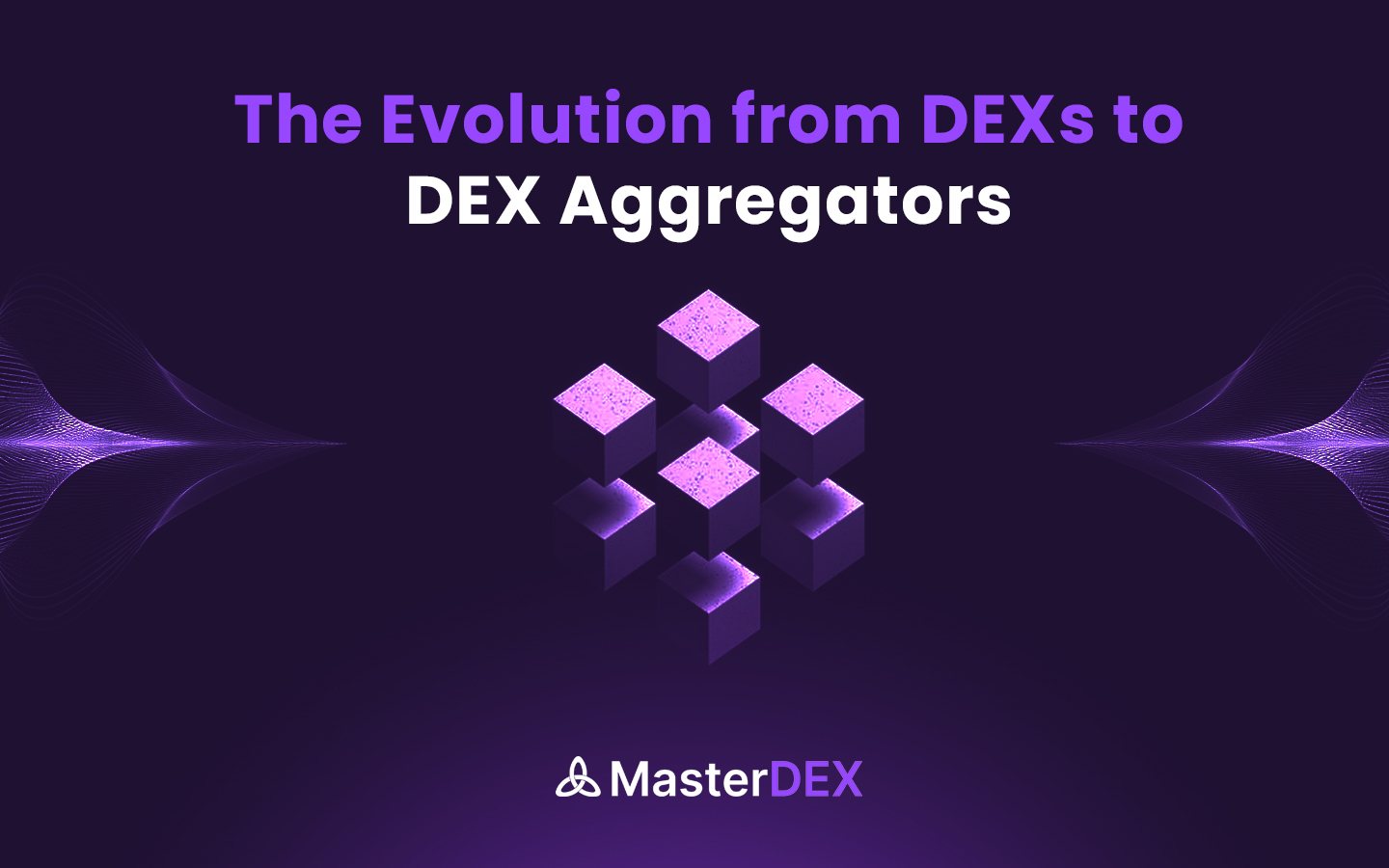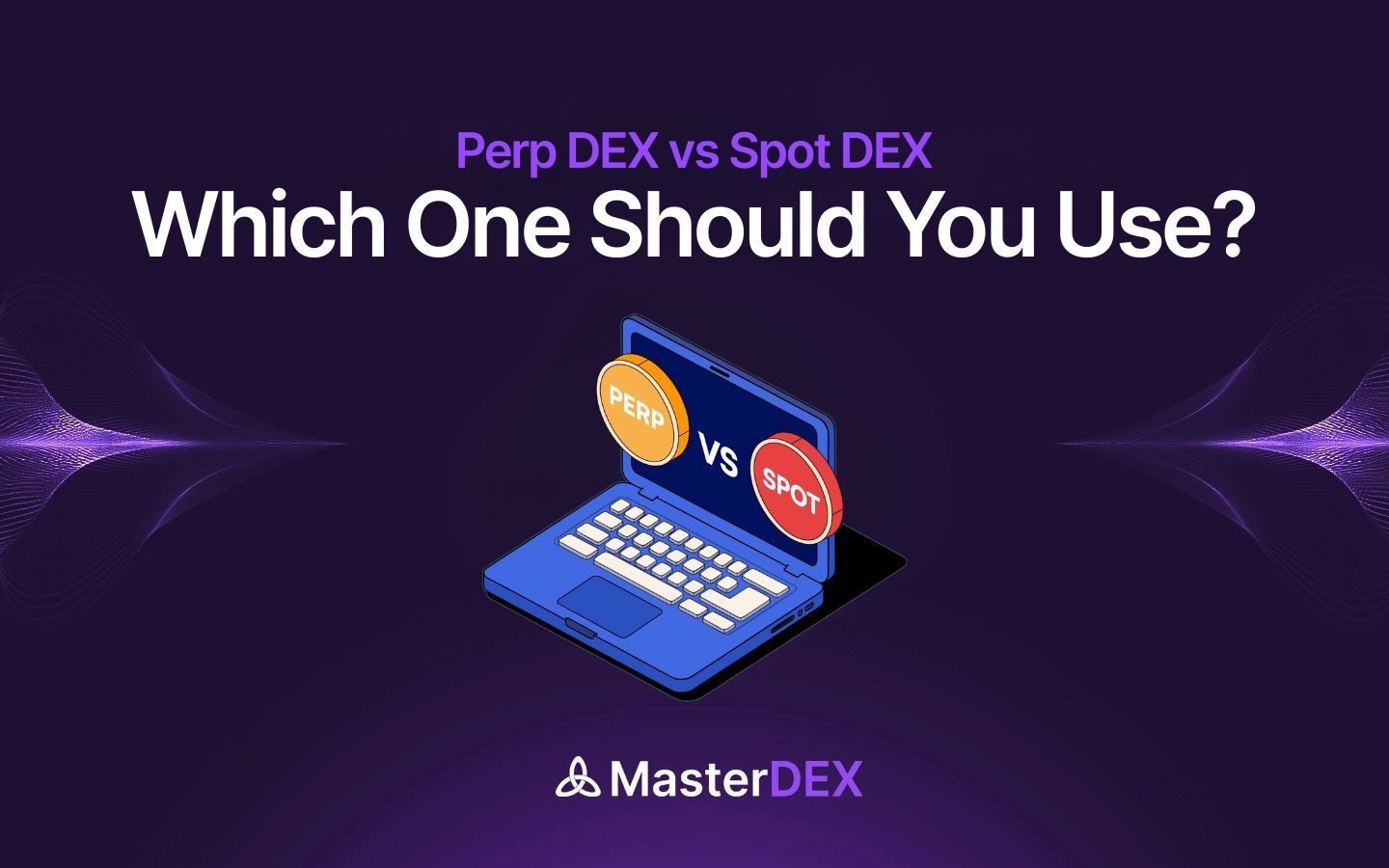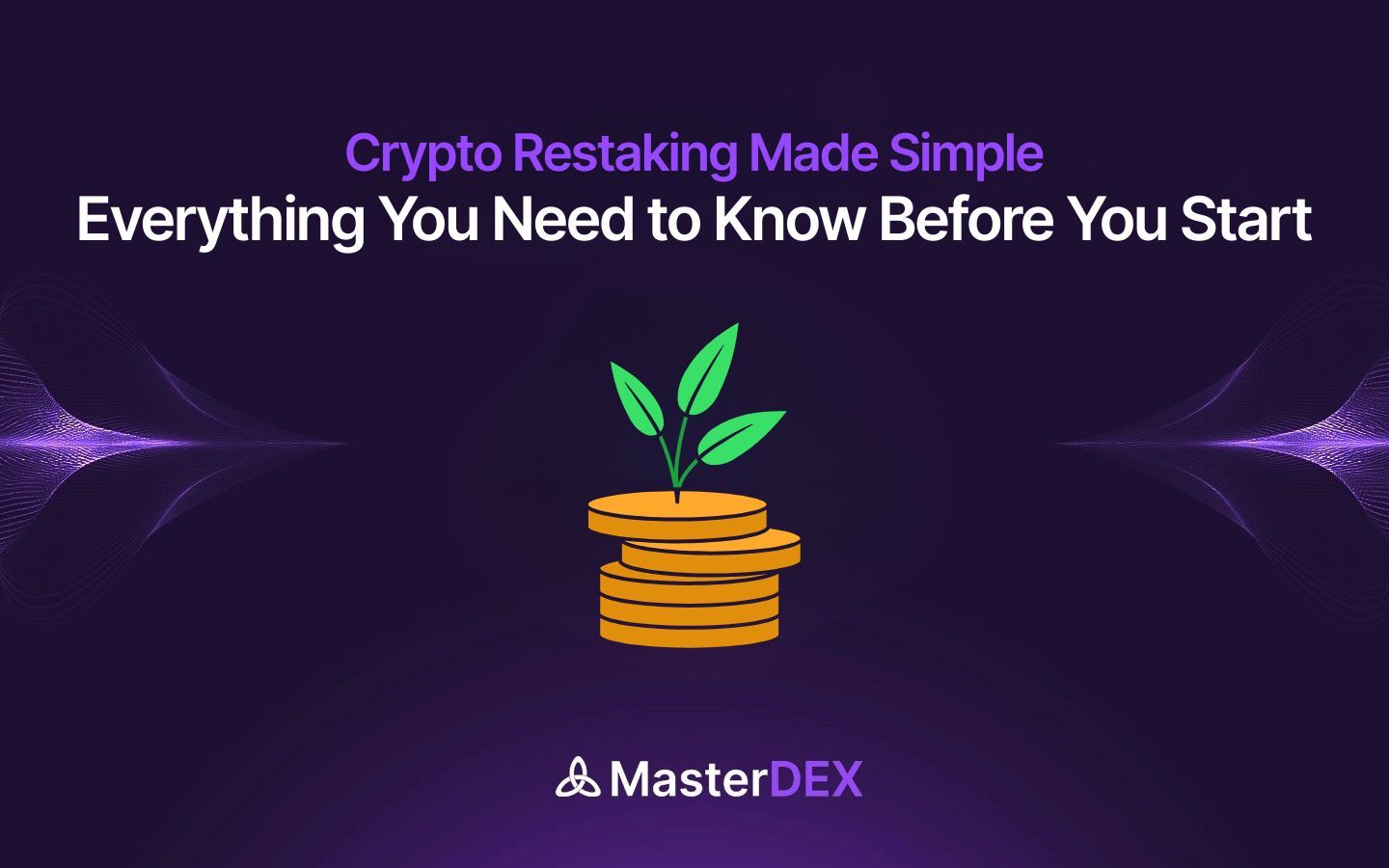Table of Contents:
ToggleIntroduction: Navigating the Shifting Landscape of DeFi Trading
In just a few short years, decentralized finance (DeFi) has evolved from an experimental concept into one of the most dynamic sectors in the digital asset economy. The decentralized exchange (DEX) was among the earliest innovations to take root, allowing anyone with a crypto wallet to trade without centralized intermediaries. At the time, this represented a breakthrough in trustless finance, no lengthy account setup, no reliance on custodians, and no arbitrary restrictions.
Yet, as the DeFi ecosystem grew, so did its complexity. New protocols launched almost weekly, each with its own liquidity pools, trading pairs, and network requirements. For traders, the initial sense of simplicity gave way to a maze of choices and scattered opportunities. The challenge was no longer whether a token could be traded on-chain, but where and how to get the most value from each trade.
It was this shift, from novelty to saturation, that set the stage for the next chapter in decentralized trading. As the number of DEXs expanded, the idea of connecting them into a unified, intelligent layer emerged. This is where DEX aggregators began to take shape, marking a pivotal evolution in the journey of on-chain markets.
The Rise and Limits of Standalone DEXs
The first wave of decentralized exchanges changed the way digital assets were traded. Platforms like Uniswap, Curve, and PancakeSwap brought automated market makers (AMMs) into the mainstream, replacing the traditional order-book model with liquidity pools funded by users. This design eliminated the need for centralized intermediaries and created an open, permissionless environment for trading.
For early adopters, the appeal was clear: anyone could list a token, participate in liquidity provision, and earn fees. Traders enjoyed instant access to a growing range of tokens without the delays or barriers common in centralized exchanges. Liquidity providers, in turn, could earn yields on idle assets, turning trading into a more participatory experience.
However, the rise of standalone DEXs also revealed inherent limitations:
- Liquidity fragmentation: Each platform maintained its own pools, meaning no single DEX could guarantee the best price for every trade.
- Network isolation: Many DEXs operated exclusively on a single blockchain, limiting cross-chain opportunities.
- Variable slippage: Low liquidity in certain pools led to higher slippage for large trades.
- Manual inefficiency: Traders needed to check multiple platforms to compare prices, creating delays and missed opportunities.
While these issues did not slow the growth of DEXs, they did highlight an important truth: decentralized trading had solved the problem of trust, but not the problem of efficiency. This gap would inspire the next stage of evolution: the DEX aggregator.
Emergence of DEX Aggregators: Beyond Liquidity Pooling
The concept of a DEX aggregator was born out of necessity. As the number of decentralized exchanges multiplied, the inefficiencies of a fragmented market became impossible to ignore. Traders wanted the best price, lowest slippage, and fastest execution, but no single DEX could consistently deliver all three.
Early DEX aggregators addressed this by connecting to multiple DEXs simultaneously. When a user submitted a trade, the aggregator’s routing algorithm would scan across these platforms, identify the most cost-effective path, and often split the order across multiple pools to maximize value. This solved the problem of manual comparison and gave traders a single, unified interface to access the broader DeFi market.
But aggregation quickly evolved beyond simply pooling liquidity sources. More advanced platforms began integrating:
- Smart order routing: Algorithms capable of breaking trades into segments and executing them across multiple DEXs for optimal efficiency.
- Multi-network support: Access to assets and liquidity pools across different blockchains from the same dashboard.
- Dynamic fee assessment: Factoring in gas costs and platform fees before deciding on the trade path.
- Real-time market monitoring: Keeping track of volatility and liquidity depth to adjust execution in seconds.
This technological leap represented more than just convenience. It marked a structural shift in how traders approached the market. Instead of navigating dozens of platforms, users could now rely on a single, intelligent system to manage the complexity on their behalf.
However, even this stage of innovation left room for further improvement. Price optimization was no longer enough; traders wanted insights, automation, and tools to make strategic decisions, and that demand created the opening for the next leap forward.
New Challenges That Aggregators Still Face
While DEX aggregators have significantly improved the trading experience, they are not without limitations. The complexity of modern DeFi markets means that even the best aggregation engines encounter hurdles that can impact efficiency, security, and accessibility.
One of the most persistent challenges is smart contract risk. DEX Aggregators rely on intricate contract systems to connect with multiple DEXs and execute trades. Any vulnerability in these contracts can become a target for exploits, and the interconnected nature of aggregation increases the potential attack surface.
Cross-chain execution adds another layer of complexity. As aggregators expand to support multiple blockchains, they must integrate bridges or interoperability protocols. While this increases market reach, it also introduces latency, higher transaction costs, and potential security vulnerabilities inherent in cross-chain mechanisms.
The issue of latency in routing also remains critical. Price movements in crypto markets can be measured in seconds, and routing algorithms must be fast enough to capture the optimal rate before it changes. In volatile conditions, even minimal delays can erode the value of a trade.
Then there is the matter of MEV (Miner Extractable Value). Sophisticated actors can observe pending trades and reorder them for profit, causing slippage or worse outcomes for users. While some aggregators have adopted MEV-protection strategies, the solutions are not yet universal or foolproof.
Finally, aggregators often face user experience gaps. While they provide better prices, many fail to deliver actionable analytics, portfolio insights, or trade strategy tools. For experienced traders, this limits their ability to make fully informed decisions.
These ongoing challenges highlight the need for a new generation of DEX aggregators, ones that combine technical efficiency with intelligence, security, and trader-focused features. That’s where platforms like MasterDEX are pushing the boundaries.
MasterDEX: Rewriting Aggregation with AI, Analytics & Community Intelligence
The current state of DEX aggregation has solved many inefficiencies, but it has also revealed the next frontier: intelligence. Traders no longer want just the best execution; they want a platform that can search, analyze, and present opportunities across DeFi the way Google organizes the world’s information.
MasterDEX is built on this very principle, acting as the “Google for DeFi”. Instead of simply routing trades, it scans across blockchains, liquidity pools, and market conditions to surface the most relevant opportunities for each user. Every trade, data point, and token ranking is part of a larger ecosystem designed to make DeFi more transparent, navigable, and profitable. Key innovations include:
- AI-powered trade optimization: Goes beyond basic price checks to factor in volatility, liquidity depth, and even MEV risks before routing.
- Comprehensive DEX Explorer: Tracks emerging tokens, market movements, and cross-chain liquidity patterns in real time.
- Portfolio and analytics suite: Allows users to manage multiple wallets, monitor performance, and receive actionable insights.
- Community intelligence layer: Aggregates crowd-sourced market observations alongside AI signals for a richer decision-making framework.
- Scalable multichain roadmap: Starting with Base Chain and expanding to Polygon, Arbitrum, Optimism, Blast, Avalanche, and Binance for full-spectrum coverage.
By merging aggregation, analytics, and AI into one interface, MasterDEX is not just streamlining the act of trading; it is redefining how traders discover and engage with the DeFi universe.
Concluding Lines
The journey from standalone DEXs to intelligent DEX aggregators shows that DeFi’s evolution is not just about adding more platforms; it’s about making the entire ecosystem smarter, faster, and more connected. As the market grows more complex, traders will gravitate toward tools that remove friction while enhancing decision-making. MasterDEX stands at this intersection of innovation and intelligence, emerging not just as another aggregator but as the “Google for DeFi”, a gateway to discover, analyze, and trade with unprecedented clarity.



